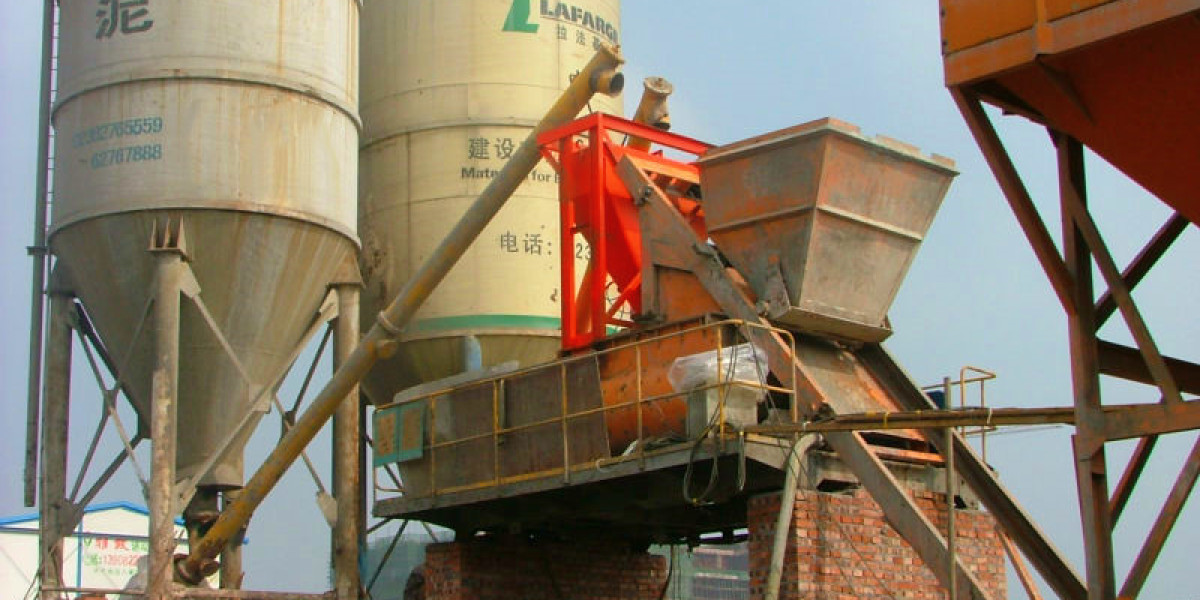This article explores various aspects of batching control systems, including their applications, components, types, and the latest technological advancements.
Applications of Batching Control Systems
Batching control systems find applications across various industries, including:
Food and Beverage: Ensuring precise ingredient measurements for consistent product quality, such as in baking, beverage production, and dairy processing.
Pharmaceuticals: Strict adherence to formulations is crucial for drug manufacturing. Batching systems help in maintaining accuracy and compliance with health regulations.
Chemicals: In chemical manufacturing, batching control systems manage the mixing of raw materials, ensuring safety and environmental compliance.
Construction Materials: In concrete production, batching systems ensure the correct proportions of materials, improving product quality and structural integrity.
Petrochemicals: Batching systems are critical in the oil and gas sector for blending various hydrocarbons and ensuring quality control.
Key Components of Batching Control Systems
A batching control system consists of several critical components that work together to ensure smooth operations:
Controllers: These devices, often PLCs, manage the entire batching process by receiving input from various sensors and executing control commands.
Sensors and Transmitters: These are essential for measuring parameters such as weight, flow rate, and pressure, providing real-time data to the controllers.
Actuators: Actuators control the flow of materials into the batching system, adjusting valves and pumps according to the control signals received from the PLC.
Human-Machine Interface (HMI): This interface allows operators to monitor the batching process, input parameters, and manage alarms and notifications.
Data Management Systems: These systems collect and store data from the batching process, allowing for analysis and reporting that is crucial for quality control and compliance.
Types of Batching Control Systems
Batching control systems can be categorized into various types, each tailored to specific industry needs:
Manual Batching Systems: Operators manually control the batching process using scales and timers. While less efficient, they are often cost-effective for smaller operations.
Semi-Automatic Systems: These systems assist operators by automating some tasks, such as weighing, while still requiring manual input for others.
Fully Automatic Systems: These sophisticated systems automate the entire batching process, providing the highest efficiency, accuracy, and traceability.
Centralized vs. Decentralized Systems: Centralized systems manage multiple batching processes from a single location, while decentralized systems allow for individual management at various locations or plants.
Technological Advancements in Batching Control Systems
Recent advancements in technology have significantly enhanced batching control systems, making them more efficient and user-friendly:
IoT Integration: The Internet of Things (IoT) enables real-time data exchange between batching systems and other manufacturing processes, leading to improved monitoring and control.
Cloud Computing: Cloud-based solutions allow for remote access and data analysis, facilitating better decision-making and predictive maintenance.
Artificial Intelligence (AI): AI algorithms analyze data from batching systems to identify patterns and optimize processes, reducing waste and improving quality.
Mobile Applications: Many modern batching systems offer mobile applications, allowing operators to monitor and control processes from anywhere, enhancing flexibility and responsiveness.
Cybersecurity Measures: As batching systems become more connected, robust cybersecurity measures are essential to protect sensitive data and ensure system integrity.
Conclusion
Incorporating a reliable batching control system into industrial operations is essential for enhancing efficiency, accuracy, and safety. With applications spanning multiple industries and continuous technological advancements, these systems are poised to play a crucial role in the future of manufacturing. Businesses that invest in modern batching control systems not only improve their operational capabilities but also position themselves for success in an increasingly competitive market.
For more in-depth insights into the importance of batching control systems and their implementation, visit this comprehensive guide.








